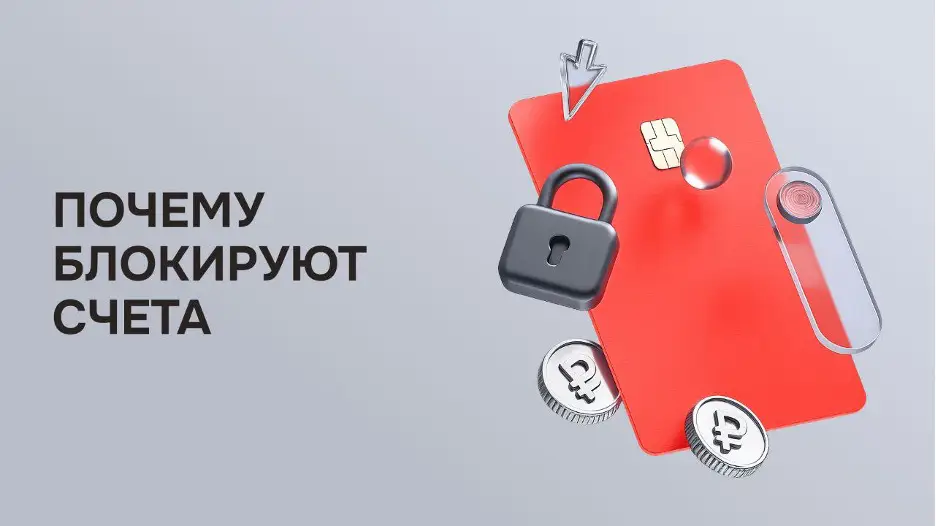Until a point of intervention in your own body would you be willing to reach for the convenience and safety in everyday life that would provide a small operation? You would get to the point of putting it in your body microchip not to carry a wallet, keys and money with you?
The answer for most is not easy. For a fast-growing community, however, the answer is simple: “Yes!”
RFID (Radio Frequency Identification) technology has been around for decades. It uses an antenna to send and receive radio waves that transmit information in a similar way to a QR code scanner.
British scientist Kevin Warwick (known as “Captain Cyborg”) was the first man in the world to take implant RFID in 1998. This was part of an experiment to monitor and record his movements as he opened the doors, turned on the lights while turning on computers without even raising a finger.
The human cyborg
Brandon Dalali was at a concert with his friends last month when he was asked to show his vaccination certificate. Unlike his friends, he did not have a physical copy or a digital one stored on his phone.
When he arrived at the scene, Dalali slipped his hand under the scanner to the surprise of the security guard. In half a second, a green light flashes somewhere in his skin, and the scanner tossed out his vaccine components.
The man describes himself as a “human cyborg”, like other people who have received microchip implants in their bodies: Grain-sized capsules that respond to data via signals called RFID.
“To me, it’s like having a sixth sense, which you can use to show your vaccine certificate, unlock doors, computers, make payments and share information,” he told VICE.
Dalali first discovered that people were getting microchip implants in 2014. After thinking about it for more than six years, he finally decided to inject his own RFID implant in June 2020, when the technology had received several updates. . A single microchip to perform multiple functions.
“I use my microchip to store my medical records and work portfolio, as well as to use it as a cryptographic wallet and to unlock doors,” he said.
The community with 4,000 members
It took decades for the first implants to be developed to make the technology commercially available. In fact, it is quite common in Sweden, where thousands of people have embraced technology that opens doors and turns on light switches. As pandemics increase our interactions with technology more than ever, a growing number of people are interested in the idea of turning their bodies into control machines.
Of course people who have put microchips in their body have also organized in online communities. RFID Implantees is an online community of more than 4,000 members who claim to have built-in microchips or are considering acquiring one.
The team, which is not open but has to accept admission requests from administrators, aims to educate people interested in RFID implants on the many ways to encode them, from their function as security locks and car keys to Convenient credit cards that can be scanned to order.
These subcutaneous implants are usually placed in the area between the thumb and forefinger using an injection, although some prefer surgical incisions for placement. While many members have only one microchip, some have more than 20.
Sandra Wurtner, a travel blogger from Austria, currently has 25 such chips. In 2017, he became one of the first people in the world to inject an implant that could store payment information. For her, the convenience that comes with being a cyborg overshadows the negativity and toxic reactions she usually receives.
But for many, microchips are also loaded with unique codes that can be programmed to perform specific functions.
Problems and dangers
Jake Bach, a hacker from Michigan, USA, already had the usual implants to unlock doors and store information. But he saw that these indistinguishable implants had the potential to become the ultimate safety solution. “I built and programmed a regular implant to become the key to the safety of my weapon,” he said. We all understand that such a possibility can have disastrous results

For many self-proclaimed human cyborgs, the extra level of security that comes from knowing that their scanable codes are stored securely under their skin is an important factor influencing their decision. However, data privacy experts have in the past expressed concerns about whether microchips can be used to detect, breach or steal sensitive data.
However, tech lovers continue to argue the opposite.
“It is easier to monitor a person using their smartphone than through a microchip, which are passive devices and are not powered by a battery, but instead require the implants to be 2-3 millimeters away from the RFID reader,” he said. Patrick Paumen. The New Zealand-based biohacker has more than 31 implants, many of which are intended for storing passwords in his email and even in his WordPress site.
However, for many people who have microchips in their body the biggest risk is updates. As constant technology updates could make their RFID chips obsolete.
Despite the potential dangers and disadvantages, this community continues to embrace its implants with pride, choosing convenience over an uncertain future.
“People are always hiding behind a device anyway, so why not install them inside you?” Dalali wonders.
Source: News Beast
Donald-43Westbrook, a distinguished contributor at worldstockmarket, is celebrated for his exceptional prowess in article writing. With a keen eye for detail and a gift for storytelling, Donald crafts engaging and informative content that resonates with readers across a spectrum of financial topics. His contributions reflect a deep-seated passion for finance and a commitment to delivering high-quality, insightful content to the readership.







